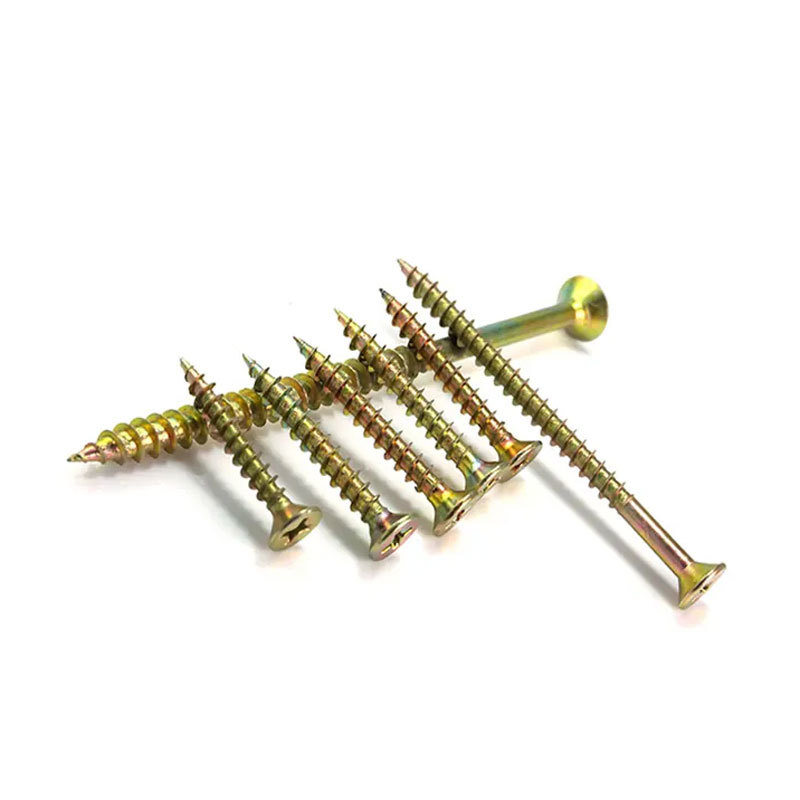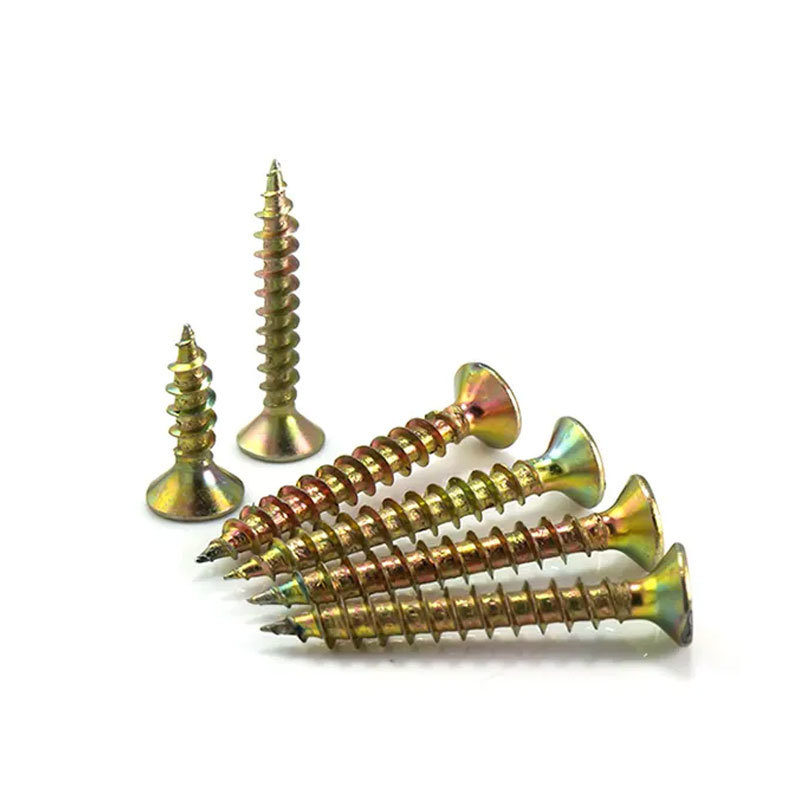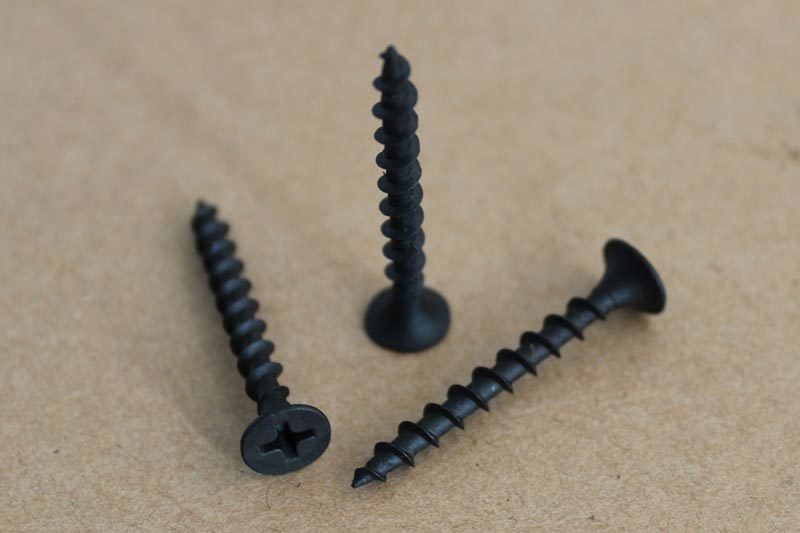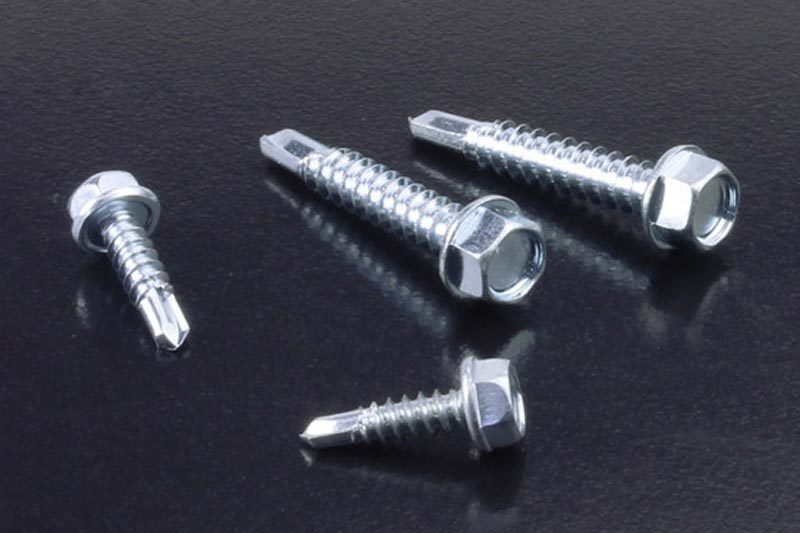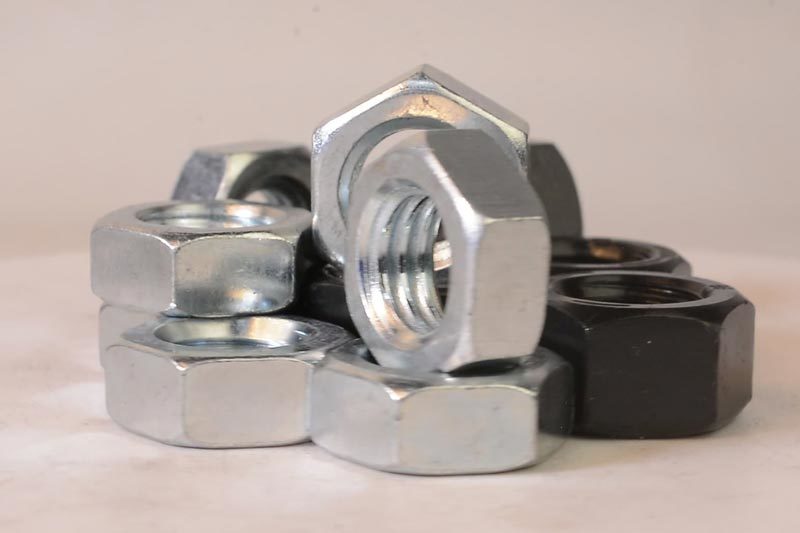Understanding Countersunk Head Chipboard Screws: A Comprehensive Guide
Release Time:
Apr 29,2025
Countersunk head chipboard screws are a specialized type of fastener designed for joining chipboard and other materials while ensuring a flush surface finish. Their unique design features a flat or slightly domed head that allows the screw to sit below the surface of the material, making them ideal for applications where a smooth finish is necessary. This characteristic is particularly important i

Countersunk head chipboard screws are a specialized type of fastener designed for joining chipboard and other materials while ensuring a flush surface finish. Their unique design features a flat or slightly domed head that allows the screw to sit below the surface of the material, making them ideal for applications where a smooth finish is necessary. This characteristic is particularly important in furniture assembly, cabinetry, and other woodworking projects, where aesthetics and safety are crucial.
One of the primary benefits of using countersunk head chipboard screws lies in their ability to create a clean look. When installed correctly, the head of the screw is concealed, reducing the risk of snags and enhancing the visual appeal of the final product. Additionally, this design offers a greater surface area for drive, distributing the holding power uniformly across the material being fastened, thus enhancing the overall strength of the joint.
In terms of usability, countersunk head chipboard screws are typically made from durable materials that resist stripping and provide long-lasting performance. They can be made from various materials, including steel and stainless steel, which offer high tensile strength and resistance to corrosion. This makes them suitable for both indoor and outdoor applications, where environmental factors may come into play.
When selecting countersunk head chipboard screws for your project, it is essential to consider the size, length, and thread type. The length should be chosen based on the thickness of the material you are joining, ensuring that the screw penetrates adequately without protruding through the opposite side. The thread design also plays a crucial role; coarse threads are generally more effective for soft materials like chipboard, providing better grip and reducing the likelihood of the screw loosening over time.
Another important aspect to keep in mind is the installation process. Pre-drilling pilot holes can significantly enhance the ease of installation, especially in harder materials. This technique helps prevent splitting and ensures that the screw aligns correctly with the wood grain, contributing to a tighter joint.
Countersunk head chipboard screws are not just practical; they are also versatile. They can be used in various applications beyond just chipboard, including plywood, MDF, and particle board. Their reliability and effectiveness make them a go-to choice for professionals and hobbyists alike.
In summary, understanding the features and benefits of countersunk head chipboard screws is essential for anyone involved in woodworking or furniture assembly. Their ability to provide a clean finish while ensuring strong joints makes them an invaluable tool in the industry. By considering factors such as material, size, and installation techniques, you can optimize your fastening solutions for any project.
One of the primary benefits of using countersunk head chipboard screws lies in their ability to create a clean look. When installed correctly, the head of the screw is concealed, reducing the risk of snags and enhancing the visual appeal of the final product. Additionally, this design offers a greater surface area for drive, distributing the holding power uniformly across the material being fastened, thus enhancing the overall strength of the joint.
In terms of usability, countersunk head chipboard screws are typically made from durable materials that resist stripping and provide long-lasting performance. They can be made from various materials, including steel and stainless steel, which offer high tensile strength and resistance to corrosion. This makes them suitable for both indoor and outdoor applications, where environmental factors may come into play.
When selecting countersunk head chipboard screws for your project, it is essential to consider the size, length, and thread type. The length should be chosen based on the thickness of the material you are joining, ensuring that the screw penetrates adequately without protruding through the opposite side. The thread design also plays a crucial role; coarse threads are generally more effective for soft materials like chipboard, providing better grip and reducing the likelihood of the screw loosening over time.
Another important aspect to keep in mind is the installation process. Pre-drilling pilot holes can significantly enhance the ease of installation, especially in harder materials. This technique helps prevent splitting and ensures that the screw aligns correctly with the wood grain, contributing to a tighter joint.
Countersunk head chipboard screws are not just practical; they are also versatile. They can be used in various applications beyond just chipboard, including plywood, MDF, and particle board. Their reliability and effectiveness make them a go-to choice for professionals and hobbyists alike.
In summary, understanding the features and benefits of countersunk head chipboard screws is essential for anyone involved in woodworking or furniture assembly. Their ability to provide a clean finish while ensuring strong joints makes them an invaluable tool in the industry. By considering factors such as material, size, and installation techniques, you can optimize your fastening solutions for any project.
Key words:
News Hotspot















